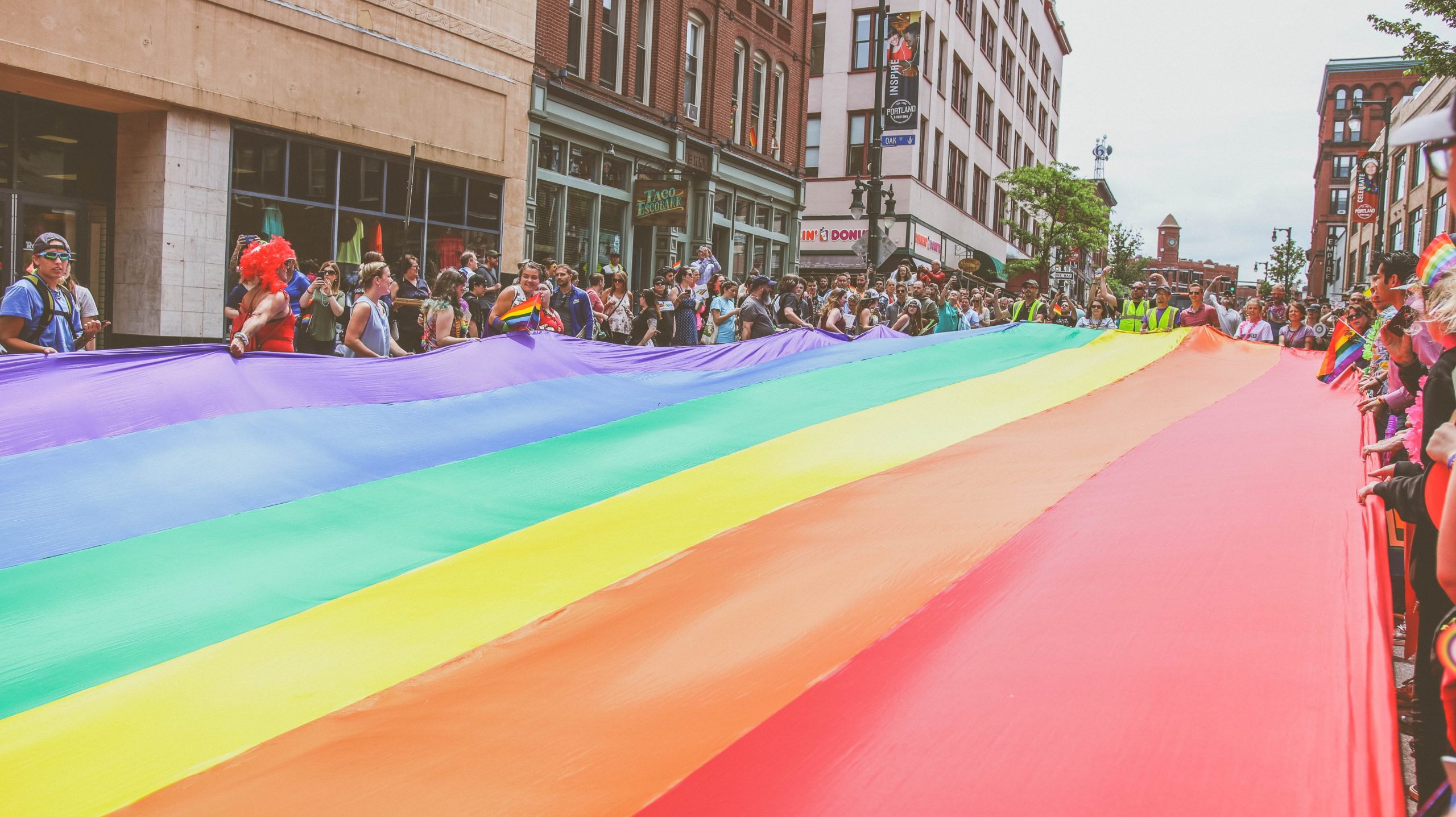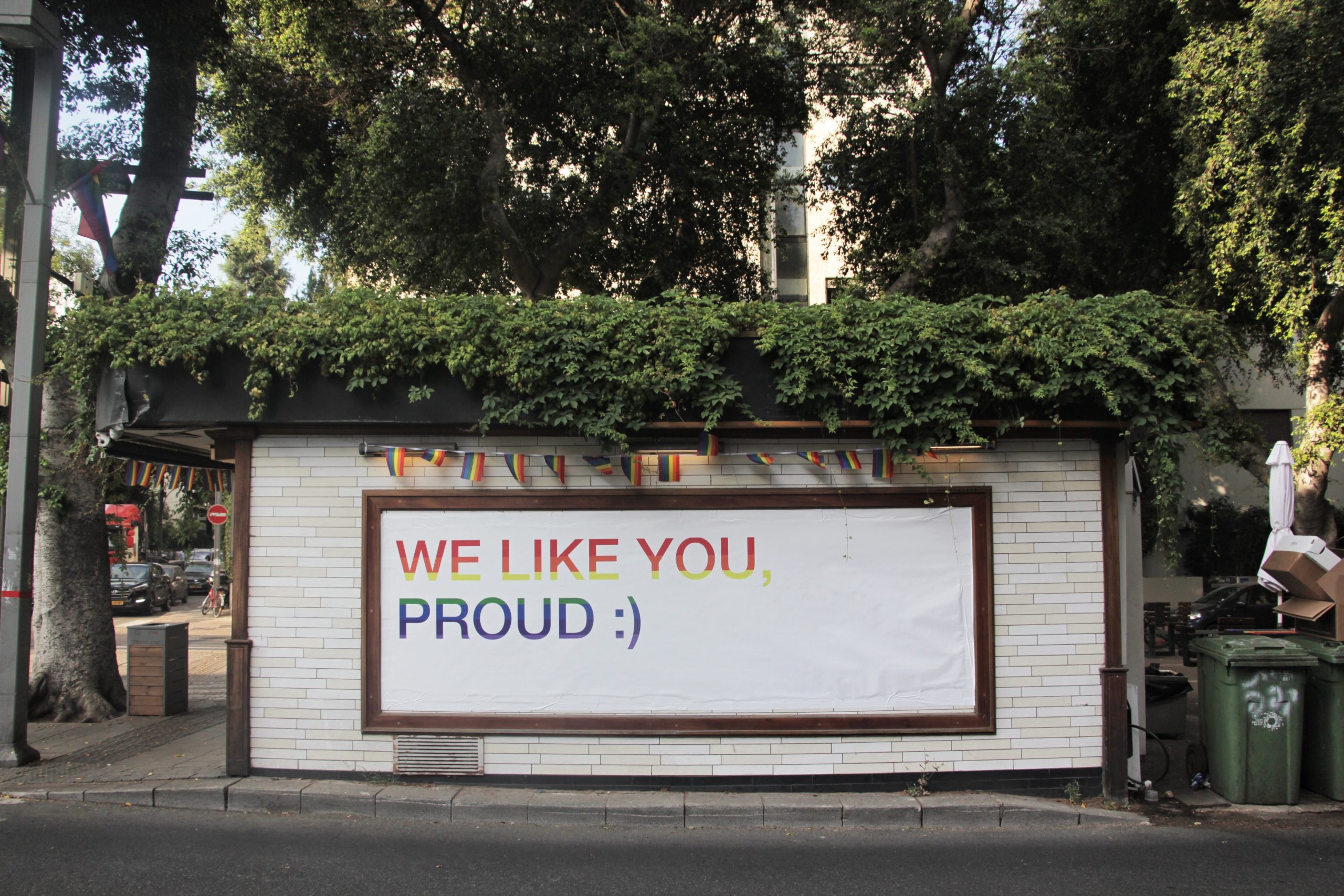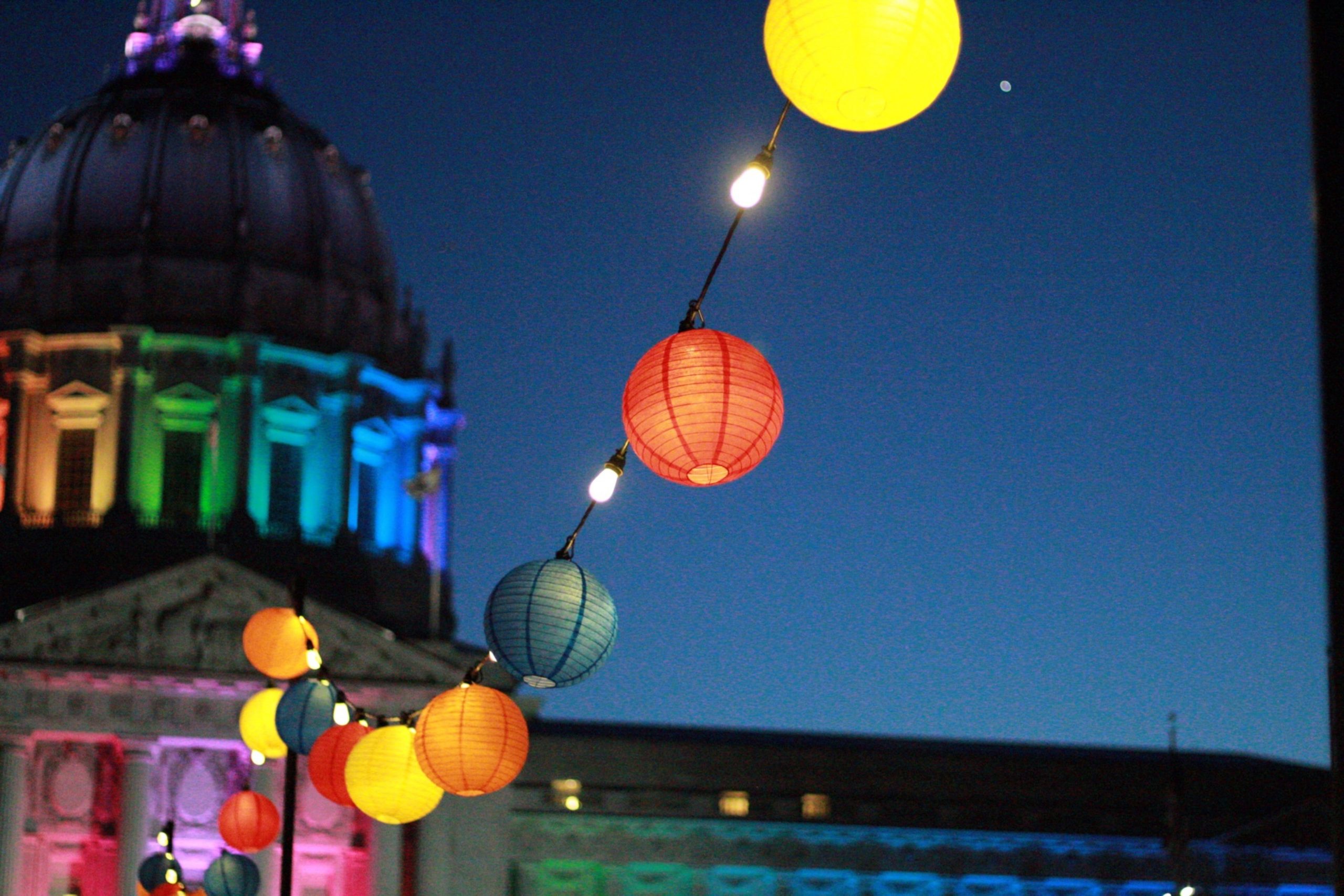LGBTQ+ Representation in Marketing
Society is changing and diversifying, a crystal-clear example being the ever-more visible and, ideally at least, celebrated LGBTQ+ community. This particular segment represents new challenges, opportunities and responsibilities for the marketing community, and is something that we should be increasingly aware of.

Representation
A recent study conducted in tandem by Kantar Consulting and Hornet, the LGBTQ+ social media platform, entitled The $1 Trillion Blind Spot, revealed a host of impactful statistics. First among these is the rate of change.
Just 8% of Baby Boomers identify as LGBTQ+, compared to 20% of Millennials and 31% of Centennials or Gen. Z. Research conducted by UM also indicates that some 84% of 18-24-year olds view sexuality as a spectrum, and 49% of 18-25-year olds don’t identify as 100% straight or gay.
This marks an increasing shift, primarily in individual’s openness about their sexuality but also in how they choose to identify themselves and which cultural associations they form.
In terms of the overall population, this adds up to well above 10%. Surely then, as brands appear to aim to broaden their marketing reach, this increasingly open segment of society is receiving the same marketing treatment as other minority groups?
The short answer as you can probably guess is no; it’s not. Proportionate to its size, the LGBTQ+ community receives a very dim marketing spotlight. Research conducted by UM indicates that 66% of people believe that there aren’t enough LGBTQ+ people shown in ad campaigns.

Untapped Potential
Another fascinating insight to be gleaned from The $1 Trillion Blind Spot is given away in the name. It’s been estimated that the spending power of the LGBTQ+ community as a whole is in the region of $1 trillion.
This sizeable economy, though, tends to spend its disposable income primarily on alcohol, hospitality and self-care products. The simple explanation for this being that those are the industries which are producing inclusive marketing campaigns.
They are the ones who are taking the lion’s share of that $1 trillion. Conversely, the LGBTQ+ community spends a disproportionately small amount on financial services, with the answer once again being marketing, only this time a lack of inclusivity.
Inclusive marketing campaigns hold potential outside of the LGBTQ+ community too, with 45% of consumers under the age of 34 agreeing that they would deliberately repeat business with an LGBTQ+-friendly company.
The LGBTQ+ community has also been shown to be particularly keen to embrace new products, particularly from brands who can prove their success. 30% of exclusively straight individuals and 43% of LGBTQ+ individuals claim they like to buy from brands who can prove their success.
Coupled with this, 55% of exclusively straight individuals and 69% of LGBTQ+ individuals admitted to being the first one within their friend group to accept or try new things. This makes the LGBTQ+ market particularly promising for established brands with new products to launch.

Responsibility
For all the talk of untapped potential and inclusive marketing, there has to be mediation. This is in the sense that the LGBTQ+ segment of society is one that is thankfully emerging, but painfully at times.
Discrimination is still a serious and significant issue for LGBTQ+ individuals and the community as a whole. Research conducted by the rights group, Stonewall, has revealed that 60% of graduates go back into the closet after entering the workplace.
This consequence of everyday, small-scale acts of discrimination is a small part of a broader picture. Marketing companies then have a responsibility to not only act inclusively but also to reinforce their inclusive marketing efforts with a drive for real change.
Anything less will rightly be viewed as mere lip-service. The effects, though, if conducted properly, could be hugely positive. UM’s research has shown that 54% of LGBTQ+ individuals agree they might have come out sooner had advertising been more inclusive.
The outlook for everyone involved is positive and the potential huge, from marketers to the LGBTQ+ community, but only if the correct steps are taken.
Marketers have a huge amount to gain if they play their cards right, but risk discreditation and the possibility of hindering rather than helping if they get it wrong.
To find out more about what an inclusive marketing campaign can do for you, click here.